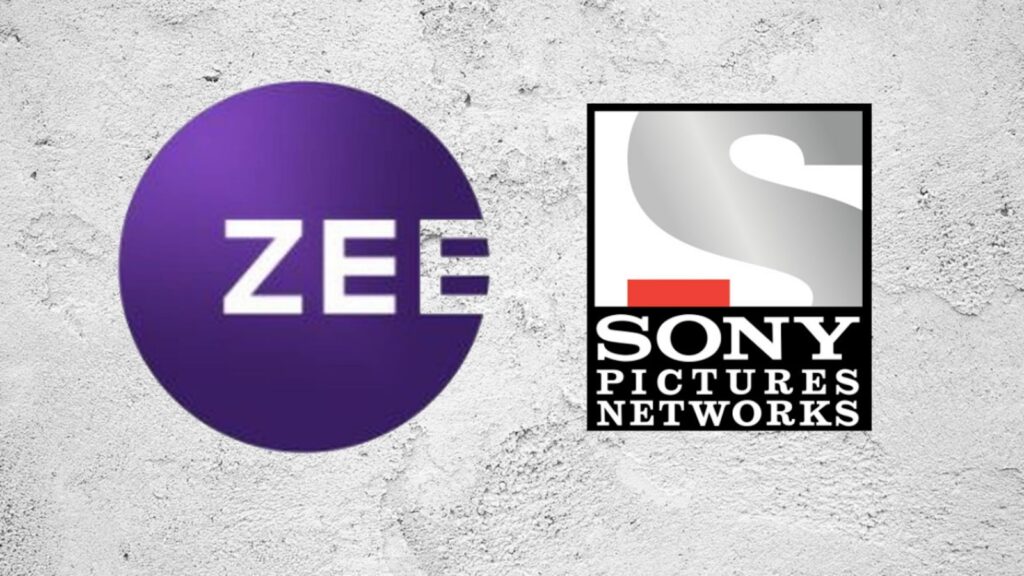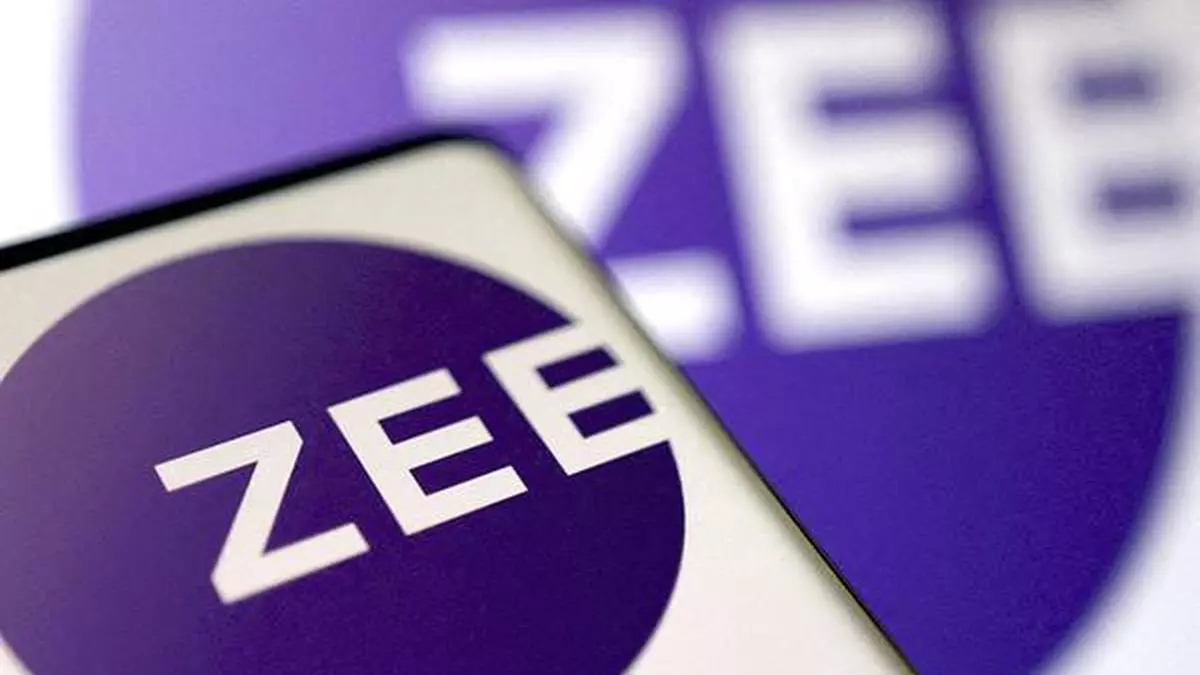The proposed merger between Zee Entertainment Enterprises Limited (Zee) and Sony Pictures Networks India (SPNI) has hit a major roadblock, with Zee now claiming a staggering ₹700 crore in costs incurred to fulfill merger conditions set by Sony. This development adds a new layer of complexity to the already contentious saga, raising questions about the true reasons for the failed deal and potential legal ramifications.
Zee’s Accusations: Sony Backtracked
Zee is gearing up for the upcoming National Company Law Tribunal (NCLT) proceedings armed with a strong rebuttal against Sony’s termination notice and a $90 million damage claim. Their argument hinges on the assertion that Sony, was responsible for the merger’s failure. They plan to demonstrate this through several key points:

- ₹700 Crore Spent: Zee claims to have incurred a significant cost of ₹700 crore to satisfy conditions set by Sony. These costs included divesting businesses, settling frivolous claims, procuring tail insurance, discontinuing specific businesses, and more. Documents accessed by The Hindu BusinessLine reveal the extent of these financial sacrifices made by the company.
- Sony’s Demands Exceeded Agreement Scope: Zee alleges that Sony demanded actions beyond the merger agreement, such as booking substantial losses related to their Disney Star arrangement, even before the deal was finalized. This move, according to the company, violated the agreement’s exemption on debt availing.
- Constant Communication and Compliance: Zee maintains that they were in continuous communication with Sony, providing monthly profit and loss statements and cash flow projections. They claim to have diligently followed Sony’s instructions and advice to expedite the merger process.
- Irreversible Actions Taken: Company emphasizes that they undertook irreversible actions like divestments solely to fulfill the merger conditions, highlighting their commitment to the deal.
- Sony’s Predetermined Exit: Legal experts close to Zee suggest that the company will argue that Sony’s decision to terminate the deal at an advanced stage was not due to the company’s performance or inaction, but rather a predetermined plan by Sony to back out.
Sony’s Perspective: A Different Narrative
While Zee paints a picture of unwavering commitment and Sony’s unreasonable demands, Sony’s perspective might differ significantly. They might argue:

- Unfulfilled Conditions: Sony might claim that Zee failed to meet certain crucial merger conditions, leading to their decision to terminate the deal. These unmet conditions could be financial, operational, or regulatory in nature.
- Financial Concerns: Sony might express concerns about Zee’s financial health and its ability to sustain the merged entity. The ₹700 crore expenditure highlighted by Zee could raise red flags about the comapny’s financial stability.
- Regulatory Hurdles: Complexities surrounding regulatory approvals might have also played a role in Sony’s decision. Navigating these approvals can be time-consuming and challenging, potentially impacting the merger’s viability.
- Strategic Shift: Sony’s business priorities might have shifted, making the Zee merger less attractive. They might have identified alternative growth opportunities that align better with their current strategic direction.
NCLT Proceedings: The Battleground Awaits
The upcoming NCLT proceedings will be the battleground where both parties will present their arguments and evidence. The tribunal’s decision will hold significant implications for both companies, potentially impacting their financial standing, future growth strategies, and market reputation.
Beyond the Legal Tussle: Industry Implications
This dispute casts a shadow over the Indian media and entertainment industry, raising concerns about the viability of large-scale mergers and acquisitions in this sector. The complexities involved and potential pitfalls highlighted in this case could deter future collaborations and consolidation efforts.
Looking Forward: Unanswered Questions and Uncertainties
Several questions remain unanswered:
- What specific merger conditions did Zee allegedly fail to meet?
- What were Sony’s exact concerns regarding Zee’s financial health?
- Did any regulatory hurdles pose significant challenges?
- Did Sony’s strategic priorities shift, leading to a change of heart?
As the legal battle unfolds, clarity on these questions will be crucial for understanding the true reasons behind the failed merger and its implications for the industry as a whole.

I thoroughly enjoyed the work that you have accomplished thus far. The sketch is appealing and your written material is stylish. However, you seem to have a bit of a lingering impatience regarding when you will deliver the following. If you protect this hike, you will almost certainly be required to return sooner rather than later.